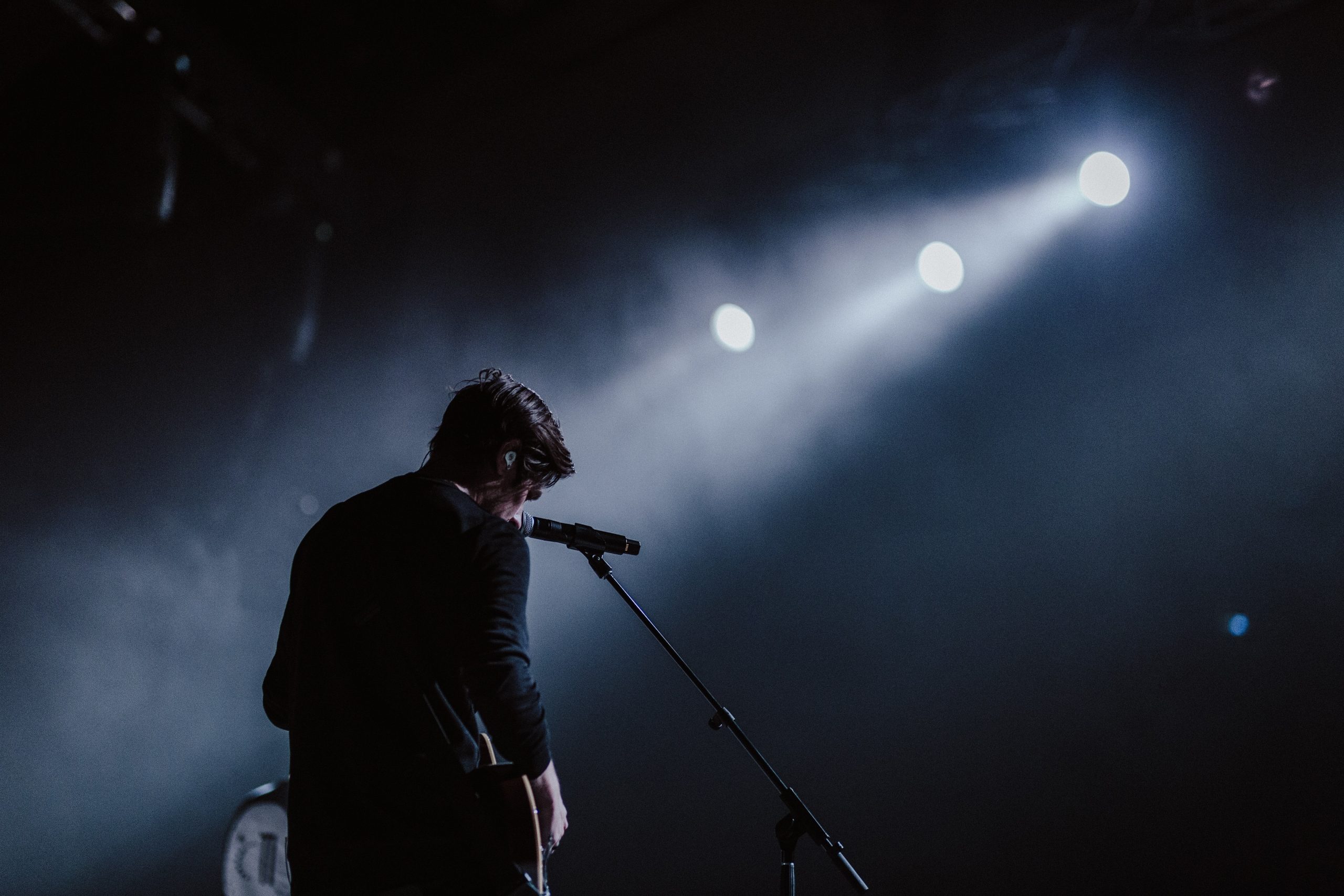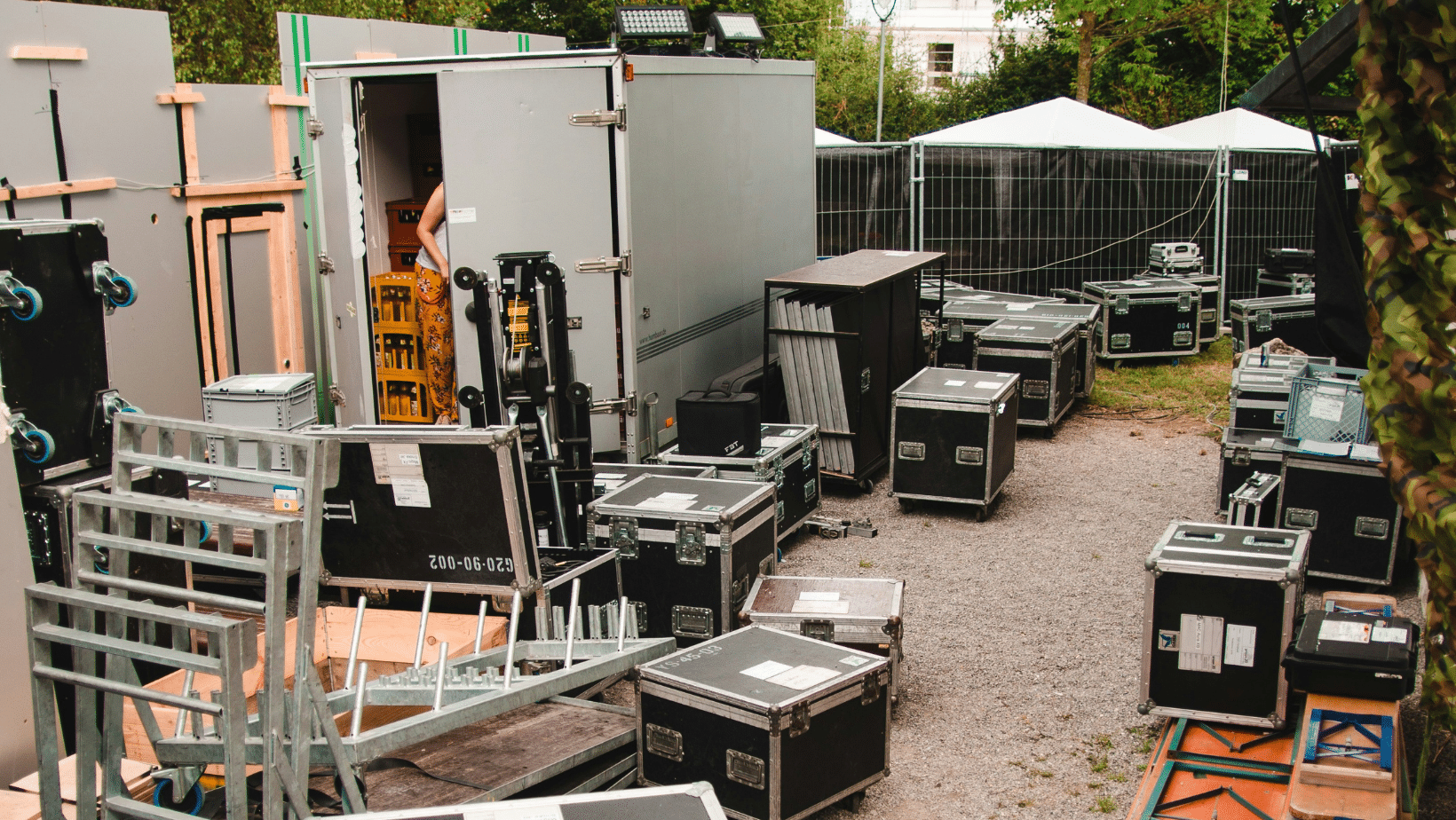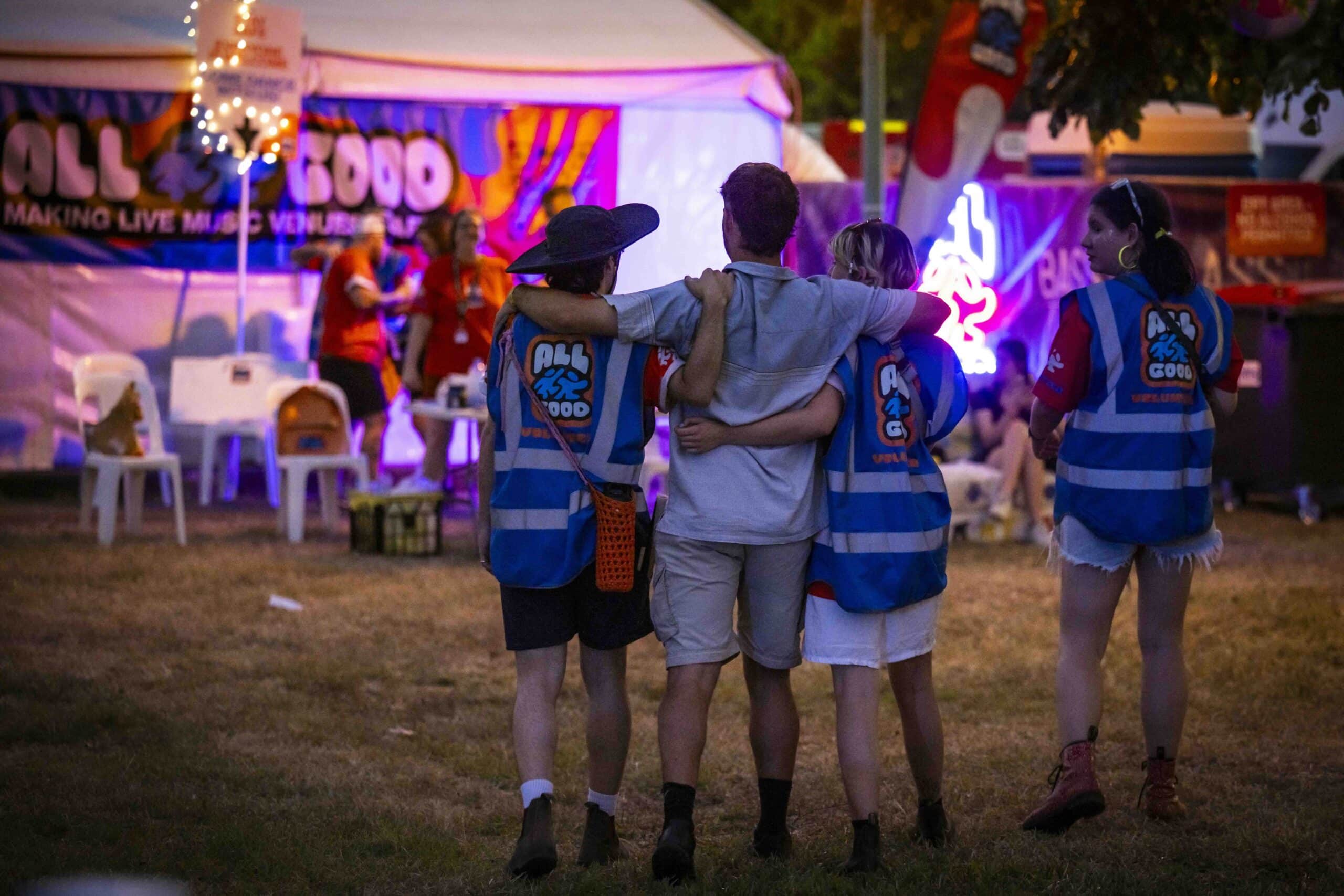Berkeley College, USA have just released a new tool for people working in the creative sector.
View the full resource here.
Creative professionals often think of their creativity as part of their identity. So what happens when the trait you associate with your identity becomes a source of tension and anxiety?
Acclaimed neuroscientist and published psychiatrist Nancy Andreasen explores this dichotomy in The Creative Brain. One of the book’s key takeaways is the empirical evidence correlating creativity and burnout, and the explanation for why creative types are more prone to the condition.
Andreasen explains that creative people have to confront doubt and rejection — and yet they have to persevere in spite of that, because they deeply believe in the value of what they do. This can result in a creative block as well as various forms of burnout that deviate from its medical definition. Here are some of the unique forms of burnout that creative professionals may face.
- Creative Burnout: This is a state of emotional, physical and mental exhaustion around creative work, according to mindful productivity site NessLabs. The symptoms of creative burnout can include constant exhaustion, inexplicable stress, morning dread, harmful habits, irritability, self-doubt and struggling to do basic work, among other symptoms.
- COVID-19 Burnout: Burnout is no longer exclusively tied to job-related stress. According to a recent State of Burnout: Covid-19 survey of 7,000 American professionals, over 70 percent of participants were feeling burned out due to the pandemic. The top reasons included a lack of separation between work and home, unmanageable workloads and worries over job security.
- Professional Burnout: This is a unique type of stress syndrome that is characterized by emotional exhaustion, according to a stress management research report. According to psychiatric nurse practitioner Dr. Melissa DeCapua, risk factors for professional burnout are sometimes referred to as the “big four”: lack of control over work conditions, time pressure, chaotic workplaces and lack of alignment on values.
- Technical Burnout: The tech industry can be rewarding, but it can come with a fast-paced work environment, high expectations and immense pressure on employees. According to survey data from Spiceworks, an IT social network, most full-time tech pros work in excess of 50 hours per week. Over time, these long hours can contribute to employee unhappiness and burnout.
- Personal Burnout: Unlike professional burnout, personal burnout is often caused by non-work related stressors, and is evaluated separately. It can result in a combination of emotional exhaustion, depersonalization, reduced personal accomplishment and a feeling of detachment from others.


